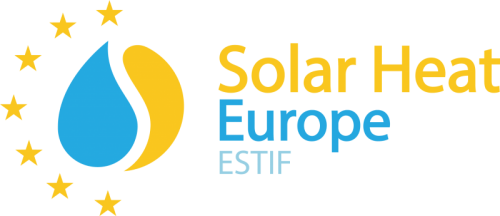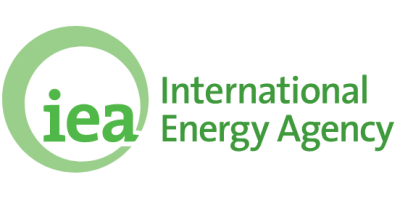![]() The International Energy Agency released in July its newly enhanced tool ‘Tracking Clean Energy Progress’ (TCEP), which provides a comprehensive and rigorous assessment of a full range of energy technologies and sectors that are critical in a global clean-energy transition. It includes the most up-to-date information for where technologies are today and where they need to be according to the IEA’s Sustainable Development Scenario, a pathway to reach the Paris Agreement well below 2°C climate goal. In this scenario, meeting long-term sustainability goals require an ambitious combination of more energy-efficient buildings, industry and transport, and more renewables and flexibility in power.
The International Energy Agency released in July its newly enhanced tool ‘Tracking Clean Energy Progress’ (TCEP), which provides a comprehensive and rigorous assessment of a full range of energy technologies and sectors that are critical in a global clean-energy transition. It includes the most up-to-date information for where technologies are today and where they need to be according to the IEA’s Sustainable Development Scenario, a pathway to reach the Paris Agreement well below 2°C climate goal. In this scenario, meeting long-term sustainability goals require an ambitious combination of more energy-efficient buildings, industry and transport, and more renewables and flexibility in power.
The IEA’s new analysis of the clean-energy transition finds that only 4 out of 38 energy technologies and sectors were on track to meet long-term climate goals in 2017. A total of 11 of 38 technologies surveyed by the IEA were significantly not on track. Meanwhile, two technologies, onshore wind and energy storage, were downgraded this year, as their progress slowed. This brought the number of technologies “in need of improvement” to a total of 23.
Some technologies made tremendous progress in 2017, with solar PV seeing record deployment, LEDs quickly becoming the dominant source of lighting in the residential sector, and electric vehicle sales jumping by 54%. But most technologies are not on track to meet long-term sustainability goals. Energy efficiency improvements, for example, have slowed and progress on key technologies like carbon capture and storage remains stalled. This contributed to an increase in global energy-related CO2 emissions of 1.4% last year.
TCEP provides a comprehensive, rigorous and up-to-date analysis of the status of the clean-energy transition across a full range of technologies and sectors, their recent progress, deployment rates, investment levels, and innovation needs. The analysis includes a series of high-level indicators that provide an overall assessment of clean energy trends and highlight the most important actions needed for the complex energy sector transformation.
For the first time, the analysis also highlights more than 100 key innovation gaps that need to be addressed to speed up the development and deployment of these clean energy technologies. It provides an extensive analysis of public and private clean energy research and development investment. It found that total public spending on low-carbon energy technology innovation rose 13% in 2017, to more than USD 20 billion.
Among the technologies analysed, renewable heat resulted not being on the right track. Renewable heat consumption has grown by an estimated 2.6% annually over recent years, with a 20% total increase between 2010 and 2017. Renewable heat accounted for about 9% of global heat and for more than 50% of total final energy consumption globally in 2017. To meet the SDS goals, renewable heat needs to increase by 4% per year between 2017 and 2030. This acceleration will be very challenging and requires a much greater policy focus on renewable heat, according to IEA.
Solar thermal has been the fastest-growing renewable heat technology, with a 250% increase in cumulative capacity over the last decade. Most of the world’s solar thermal capacity comprises small domestic systems for providing hot water in single-family homes, although solar thermal is also increasingly being deployed at a larger scale in district heating systems, as well as in some industrial applications.
The IEA TCEP tool can be found here.
For more information, please contact us at members@solarheateurope.eu


Leave a Reply